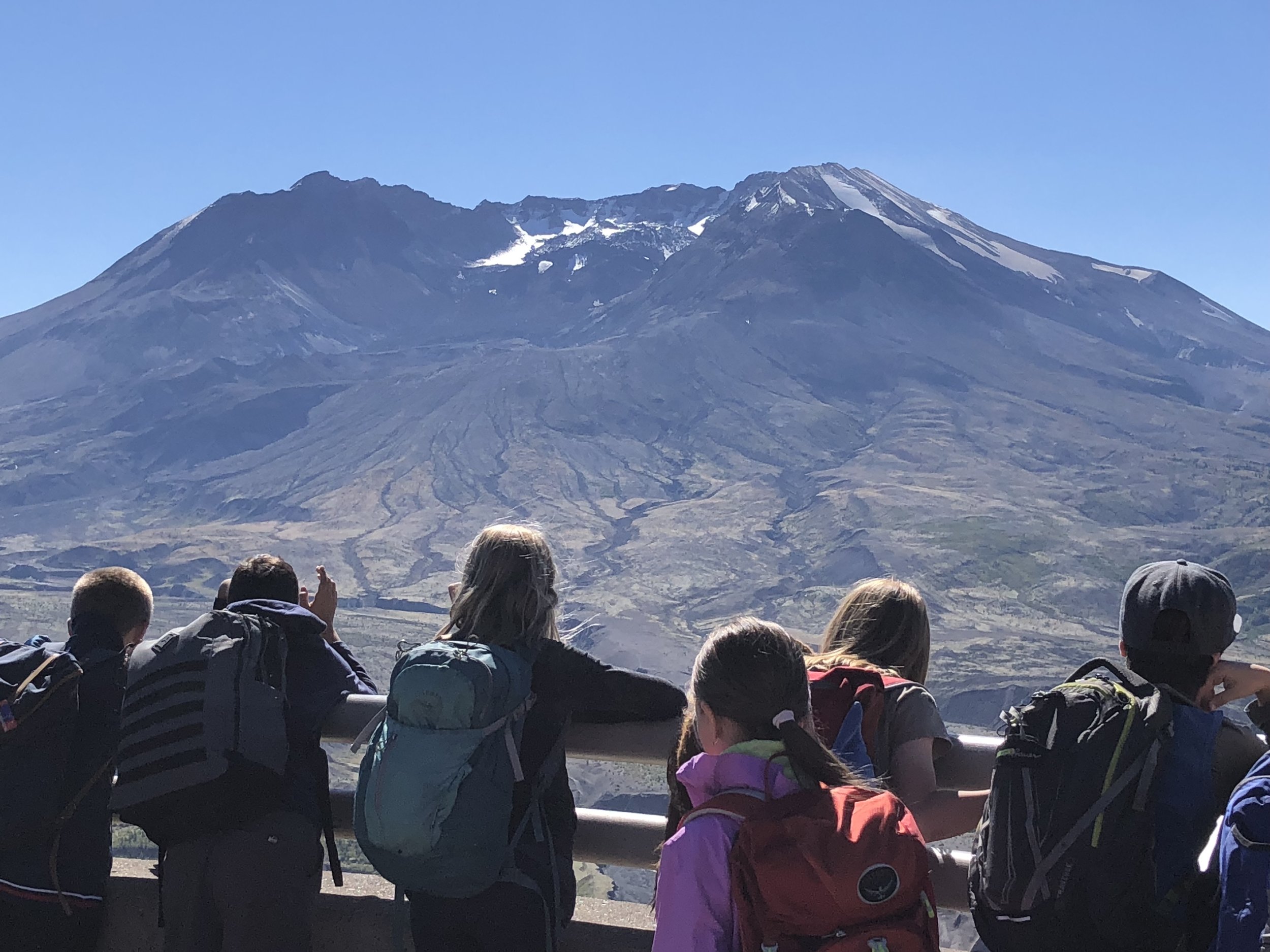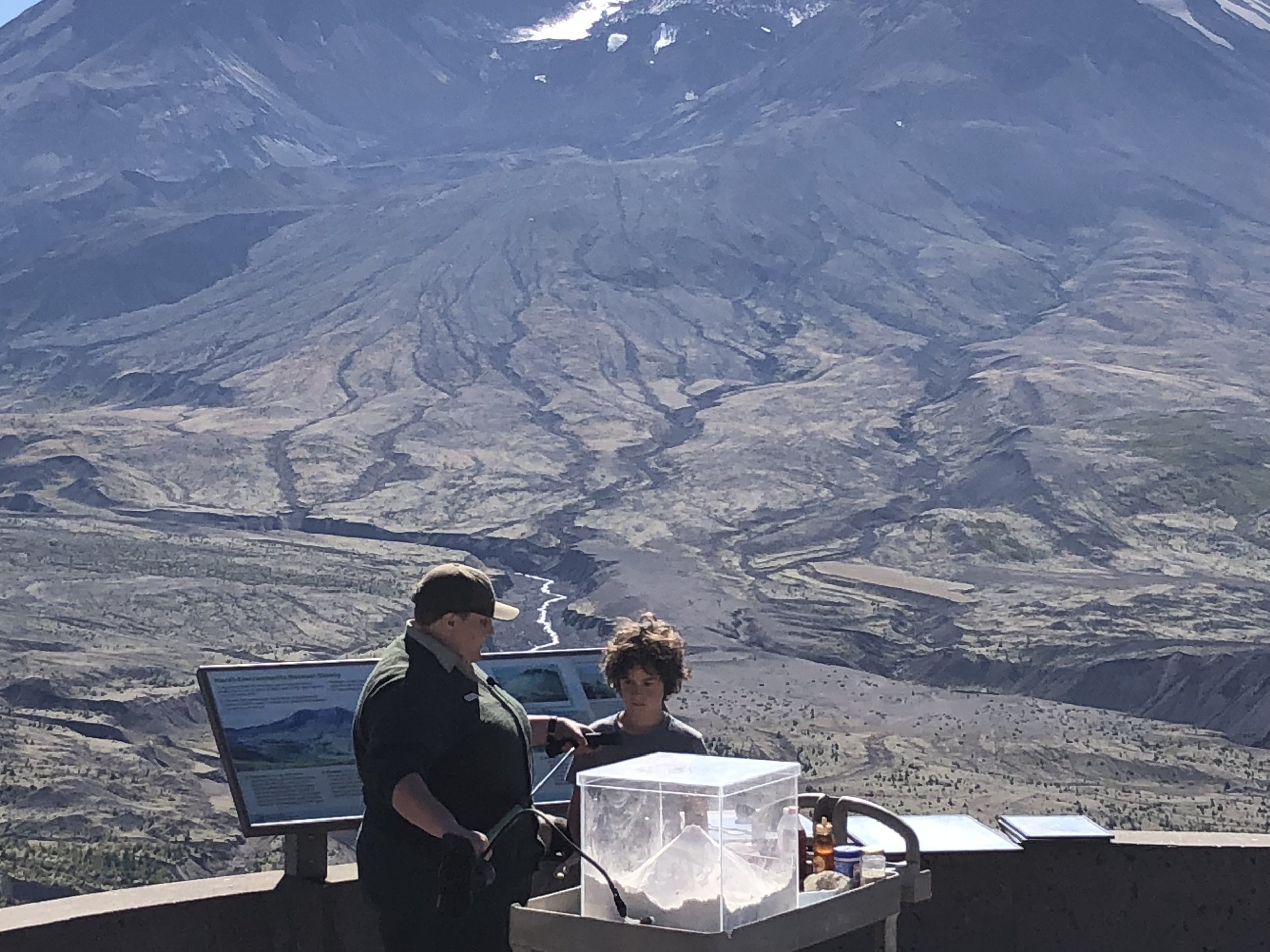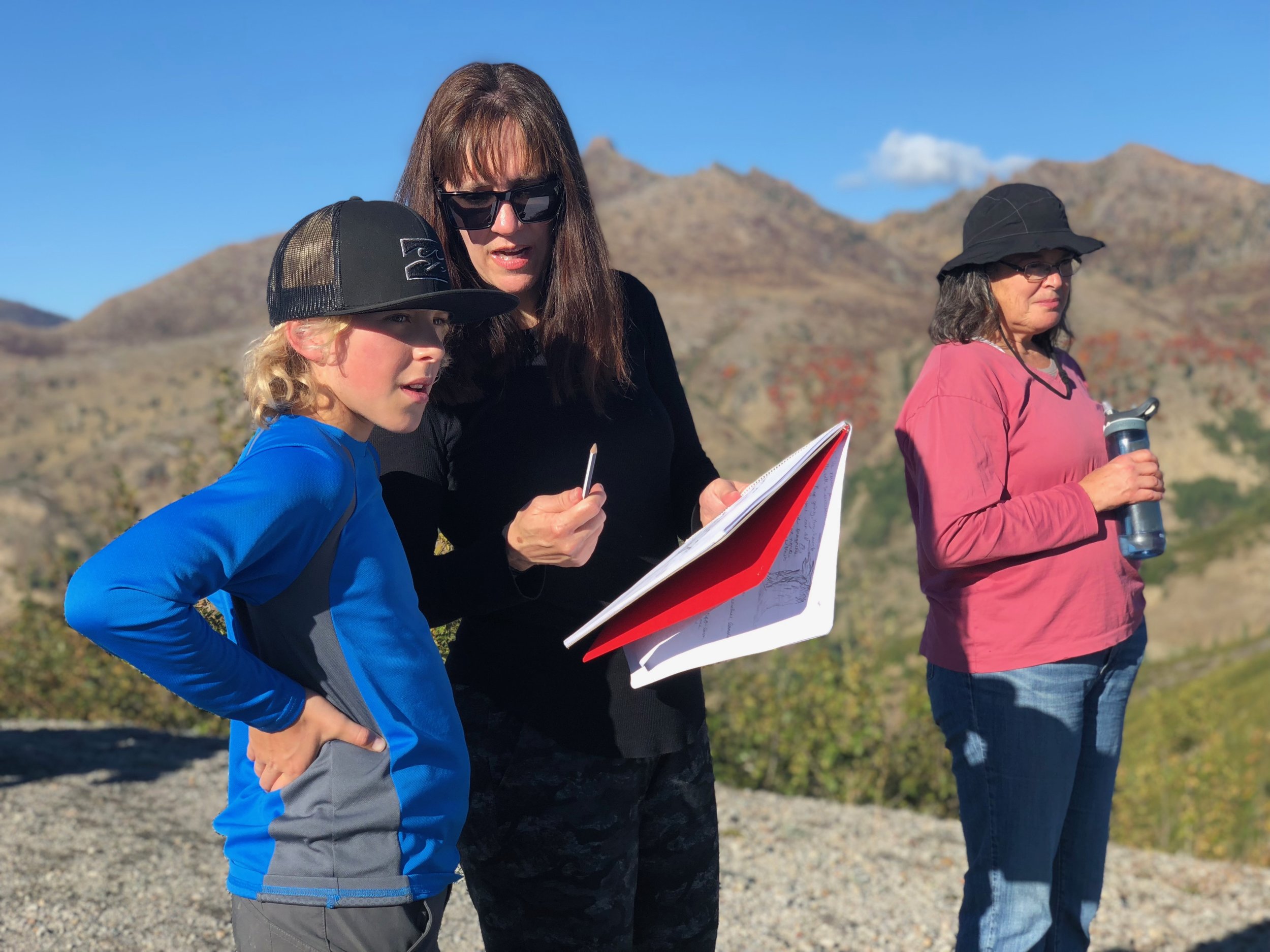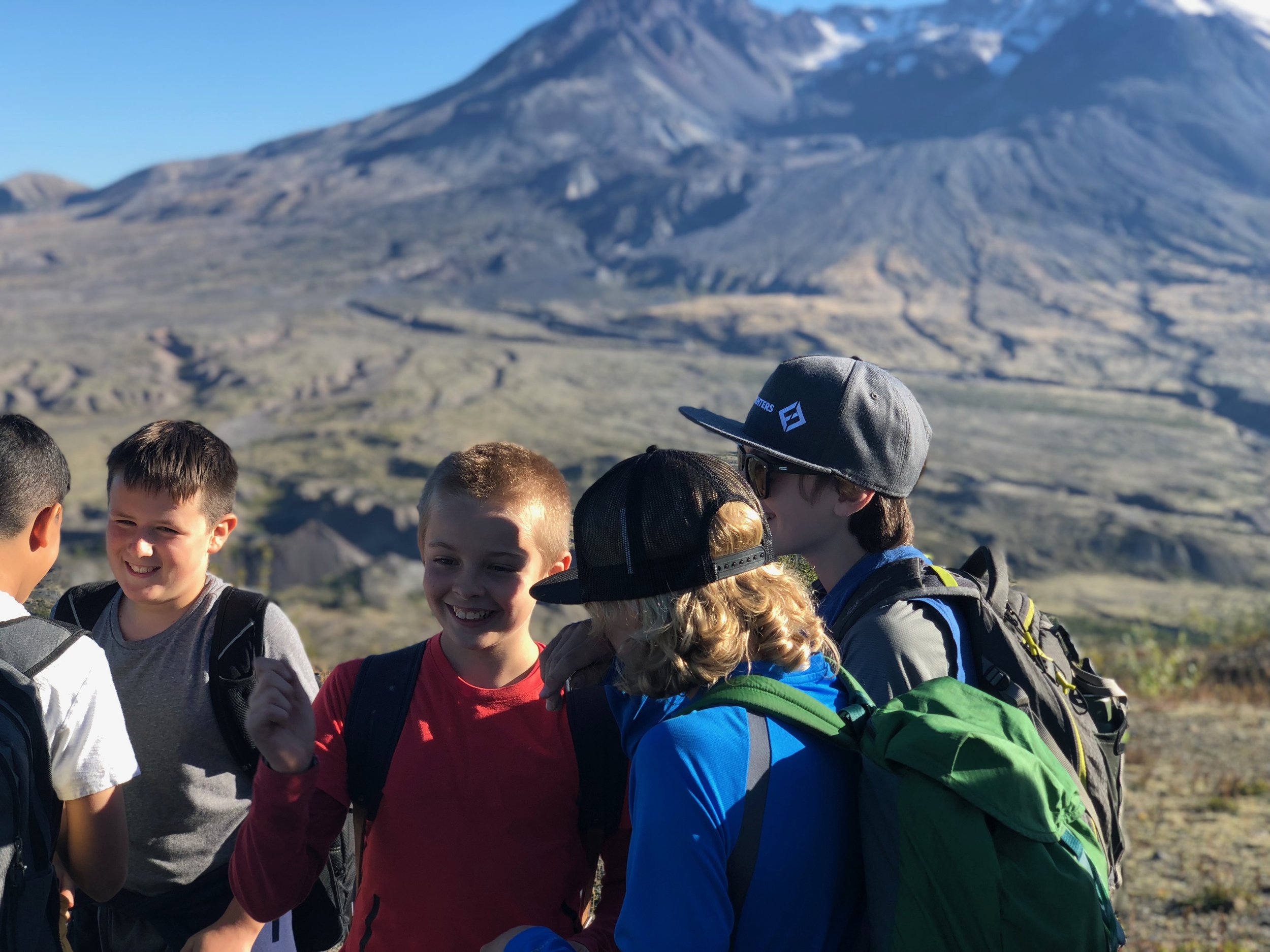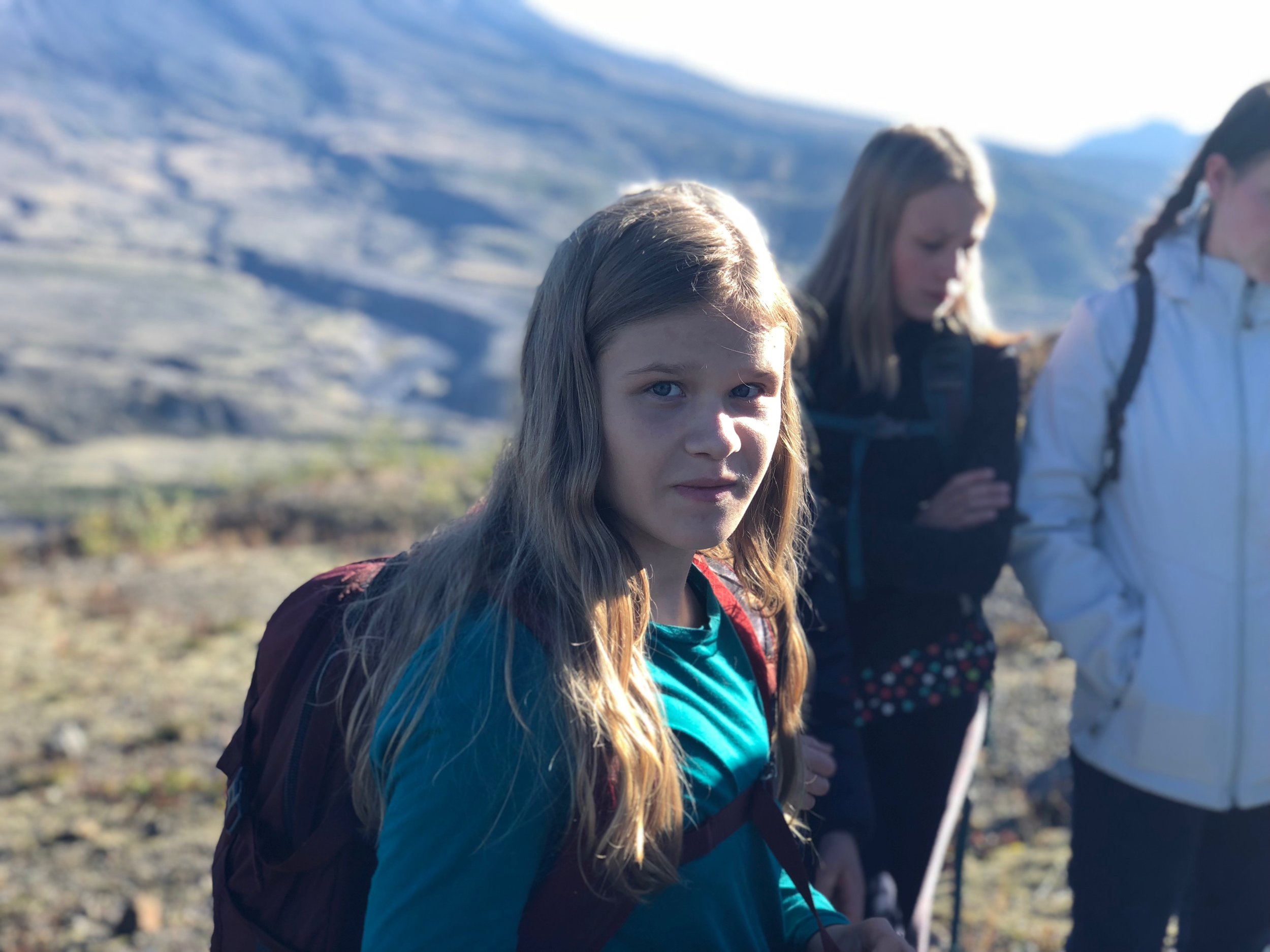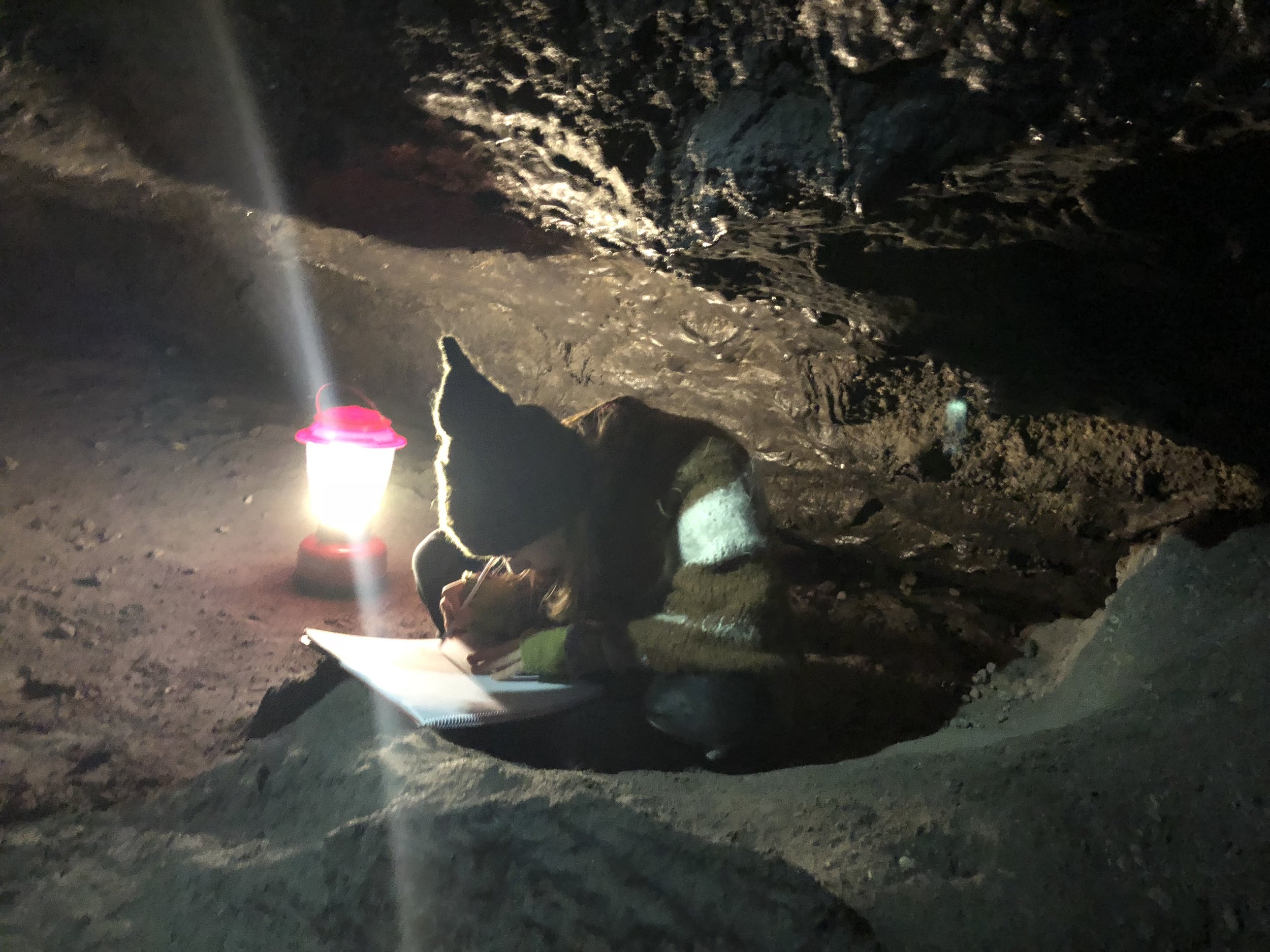Grade Six
Grade six Learning Objectives
MAIN LESSON SKILLS
Academic organization and multitasking, artistic expressions of academic learning
LANGUAGE ARTS
Paragraph and essay structures, note-taking, self-editing, expository, descriptive and narrative writing, report writing, parts of speech, punctuation, parts of sentences (subject, predicate, direct object, indirect object), phrases and their functions, types of clauses, Latin root words, prefixes, suffixes, conditional mood, drama, poetry
LITERATURE & HISTORY
Rome and Roman law, Jesus of Nazareth, The Crusades, Islam, Muhammad, medieval society, tales of chivalry
ARITHMETIC
Business math (decimals, percentages, interest proportion, profit and loss), economics, computation and problem solving
GEOMETRY
Eight basic geometrical constructions, constructions based on the six and twelve division of the circle
WORLD GEOGRAPHY
Mapmaking, wind and water currents, meridians and parallels of latitude, land formations, climates, vegetation, and bodies of water
ART
Nature sketching and technical illustrations of science experiments, pastel chalk and charcoal drawings
WORLD LANGUAGE
Japanese (conversational skills, grammar, vocabulary, proverbs)
HANDWORK
Hand sewing soft sculpture (gusseted animals, pattern creation)
PRACTICAL ARTS
Woodworking (convex egg forms, wooden swords)
MUSIC
Recorder, orchestra, band
PHYSICAL EDUCATION
Cooperative and medieval games designed to allow students to test themselves
PHYSICS
Acoustics, optics (color and light), heat, magnetism, static electricity
MINERALOGY
Polarities in the mineral world: igneous and sedimentary rocks; metamorphic rocks, minerals and crystals, precious stones, metals, petroleum and coal, earthquakes, volcanoes
ASTRONOMY
Moon cycle, the apparent movement of the stars and planets, the relationship between the sun, moon and earth, lunar and solar eclipses, the Pole Star and its relative positions
PAINTING
Veil painting technique, landscapes
The sixth-grade curriculum helps students deepen their understanding of causal relationships and apply skills from earlier grades. Students explore topics such as the Pythagorean theorem, Roman aqueducts, and calculating discounts. In geometry, they learn the Vesica Piscis, and Pre-algebra is introduced in the block on the late Middle Ages and Islam.
In Language Arts, students write more independently, with an introduction to the five-paragraph essay. The focus shifts to developing techniques for expressing complex thoughts and feelings. They review English grammar and punctuation, work on style through conditional sentences and the subjunctive mood, and study composition and dictation related to history. The class may work on long epic poems, such as "Horatius at the Bridge" by Lord McCauley, and perform a class play.
Business Math is introduced to prepare for seventh-grade algebra, and math is taught by a subject-specific teacher. In Geometry, students move from freehand form drawing to using a compass, ruler, and protractor to create constructions of circles, angles, and arcs.
The science curriculum covers geology, geocentric astronomy, and an introduction to physics, including acoustics, optics, thermodynamics, magnetism, and electricity. History includes the rise and fall of the Roman Empire, the rise of Christianity and Islam, and cultural developments in the Middle Ages.
Students focus on learning Japanese, practicing reading and writing the hiragana and katakana alphabets. They also choose either Strings or Band for music. In Woodwork, they carve a spoon, and in Handwork, they sew three-dimensional animals from their own drawings. All students participate in weekly Aikido practice at the dojo.
Subject Classes
Math
Sixth-grade math focuses on building concepts from fifth grade, such as operations with fractions, decimals, and factoring, while introducing new topics like pre-algebra. Students also explore business math and geometry, developing skills in quantitative reasoning and mathematical problem-solving. The goal is to help students gain clarity of mind through structured math work. Resources include the Making Math Meaningful workbook, Singapore Math, and teacher-generated assignments.
Japanese
Students continue learning Japanese with a more analytical approach, moving beyond experiential absorption to study basic grammar, sentence structures, and verbs/adjectives. They work independently in both written and oral forms, and once a month, they have a sharing class with other middle school students studying Japanese to reinforce language and cultural learning.
Handwork
In sixth grade, students begin hand sewing and create a three-dimensional, four-legged animal of their choice. This activity reflects their growing sense of self and deeper emotional awareness, while also developing foundational skills for learning, which are essential for success in middle school.
Woodwork
Woodworking lessons help students develop dexterity, logical thinking, and respect for resources. Students carve either large kitchen spoons or small bowls out of basswood, building skills in three-dimensional work and developing a sense of responsibility for the environment.
Movement
As sixth-grade students grow physically, they participate in more complex games that require cooperation and competition. They practice javelin, archery, and other activities with wooden rods, preparing for the Global Games in the spring. Aikido is also a primary form of movement, with all students provided with a Gi and guided by an instructor.
Band or Strings Ensemble
Students choose between Band and Strings Ensemble for their music study.
Band: Focuses on developing technique, tone, rhythm, and ensemble playing. Students work from Standard of Excellence, Book 1 and perform at school gatherings in the spring.
Strings Ensemble: Students continue to develop instrument skills, music reading, and ensemble playing, with opportunities to lead and perform in front of an audience.
Environmental Education
Students study local history and geography while exploring zoology to deepen their understanding of the environment and animal kin-dom.
Curriculum Trips
Sixth-grade students participate in a multi-day field trip to Mount St. Helens to learn about local geology, alongside other trips that promote teamwork, self-knowledge, and outdoor skills.
